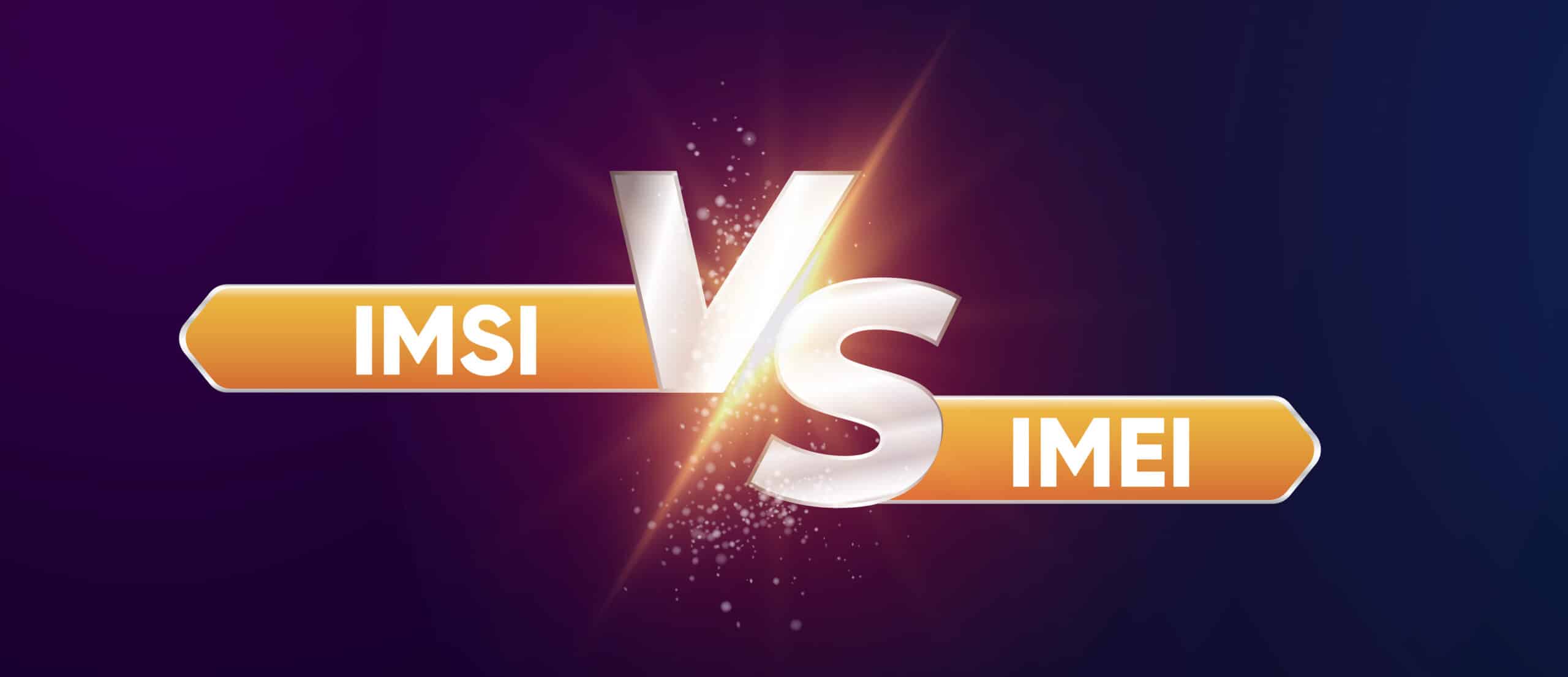The International Mobile Subscriber Identity (IMSI) is a unique identifier for a mobile subscriber within a network. It aids in authenticating and identifying users in the global telecommunications infrastructure.
Typically including 15 digits, the IMSI is stored on a SIM card and used to track user activity within a cellular network. Its structure is divided into three parts: the mobile country code (MCC), the mobile network code (MNC), and the mobile subscriber identification number (MSIN). IMSI is not directly visible to end-users but helps network operators manage subscriber information.
Its primary function involves routing calls and messages, allowing subscribers to roam internationally while maintaining consistent service. As an identifier, it assists in billing and access control, ensuring that the right services are provided to the appropriate parties. Its secure handling is vital, given its role in carrier operations and subscriber confidentiality.
The International Mobile Equipment Identity (IMEI) is a unique code assigned to a mobile device, which can be used to identify it. The IMEI number is used during manufacturing, assisting carriers and manufacturers in tracking the device. It is a 15-digit code consisting of a type allocation code (TAC), a serial number, and a check digit.
The TAC identifies the model and origin of the device, while the serial number provides a unique identifier for each cellular based device. Unlike the IMSI, the IMEI is visible to the user and can be accessed through the device settings or by dialing codes.
It is used for a range of applications, including tracking lost or stolen devices. Networks use this identifier to block devices reported as lost, protecting user data and mitigating unauthorized use. The IMEI ensures the equipment’s eligibility to access carrier services and offers security measures against theft and fraud.
This is part of a series of articles about Subscriber Identity Module





